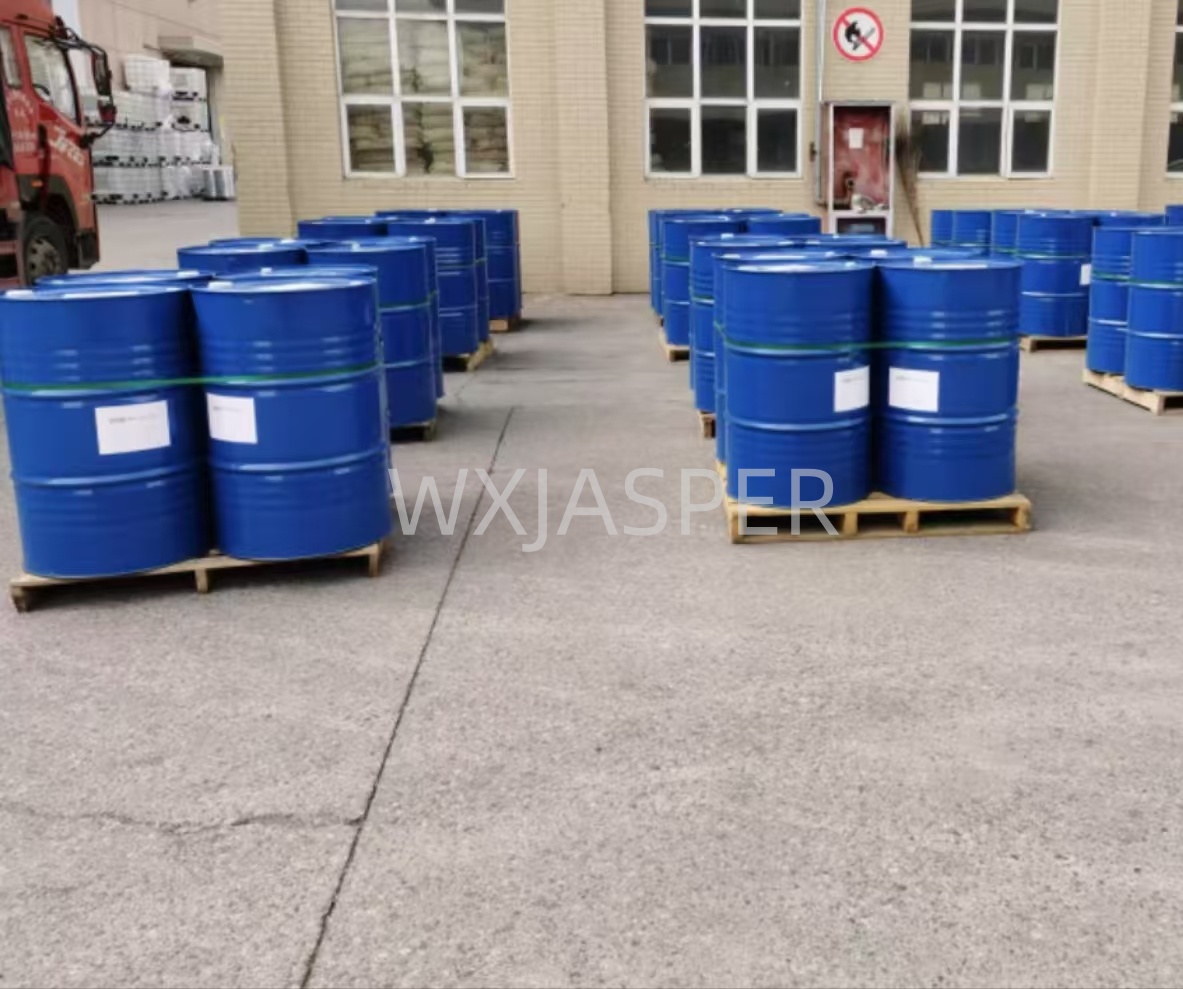Product Details
CasNo: 75-31-0
MF: C3H9N
Appearance: liquid
Delivery Time: 15 days
Packing: 200kg/drum
Purity: 99%
1. Basic Information
- Chinese Name: 一异丙胺 (Isopropylamine)
- English Name: Isopropylamine
- CAS Number: 75-31-0
- Molecular Formula: C₃H₉N
- Molecular Weight: 59.11
- Structural Formula: (CH₃)₂CHNH₂
- Appearance: Colorless, transparent, highly volatile liquid with an ammonia-like odor.
2. Physicochemical Properties
- Melting Point: -95.2℃ (remains liquid under most ambient conditions due to its low freezing point).
- Boiling Point: 32.4℃ (highly volatile; evaporates rapidly at room temperature, leading to vapor accumulation).
- Relative Density: 0.6886 g/cm³ (at 20℃; significantly lighter than water, so spilled liquid floats on water surfaces).
- Flash Point: -37℃ (extremely flammable; classified as a "flammable liquid"—vapors can ignite upon contact with open flames, sparks, or static electricity).
- Solubility: Miscible with water, ethanol, ether, and most organic solvents, forming homogeneous solutions.
- Stability: Chemically reactive—combustible and volatile with a low flash point. It reacts with acids to form salts, with carboxylic acids/anhydrides/esters to form amides, and oxidizes in air to produce hydroxylamine derivatives. It is incompatible with strong oxidizers, acids, and halogens (e.g., chlorine).
- Vapor Density: 2.03 (heavier than air), so vapors tend to settle in low-lying areas, increasing fire and inhalation risks.
3. Quality Indicators
Industrial-grade isopropylamine adheres to strict purity standards, with typical specifications as follows:
| Quality Indicator |
Specification |
Description |
| Isopropylamine Content |
≥99.7% |
Core active component; high purity ensures efficiency in downstream reactions. |
| Ammonia (NH₃) Content |
≤0.05% |
By-product impurity; excessive levels may interfere with pesticide and pharmaceutical synthesis. |
| Diisopropylamine Content |
≤0.1% |
Secondary amine impurity; controls ensure minimal impact on product selectivity. |
| Isopropanol Content |
≤0.1% |
Residual solvent from raw materials; low levels prevent side reactions in organic synthesis. |
| Water Content |
≤0.1% |
Limits moisture to avoid hydrolysis of amine groups and corrosion of storage equipment. |
4. Applications
- Pesticide Industry: A key intermediate for synthesizing:
- Organophosphorus insecticides (e.g., methyl isofenphos, ethyl isofenphos, fenamiphos).
- Insect growth regulators (e.g., buprofezin).
- Fungicides (e.g., iprodione).
- Herbicides (e.g., bentazone, fluometuron, atrazine).
- Pharmaceutical Industry: Used in manufacturing drugs such as diisopropylamine dichloroacetate (liver protectant), propranolol hydrochloride (beta-blocker), and indoramin (antihypertensive).
- Other Fields:
- Raw material for synthesizing solvents, emulsifiers, rubber vulcanization accelerators, insecticides, and hair removers.
- Intermediate in producing surfactants and water treatment agents.
5. Packaging, Transportation, and Storage
- Packaging: Typically sealed in iron drums (inner wall coated with anti-corrosion material to prevent reaction with the amine). Custom packaging (e.g., small-volume HDPE bottles) is available for laboratory or trial use, following safety regulations.
- Transportation:
- Classified as a dangerous good (UN number: 1221). Avoid static electricity or sparks during loading/unloading; use grounded equipment.
- Do not transport with oxidizers, acids, or halogens. Prevent direct skin contact—operators must wear chemical-resistant gloves and goggles.
- Storage:
- Store in a cool, dry, clean, and well-ventilated warehouse, 远离火源 (away from ignition sources) and incompatible substances.
- Maintain container tightness to prevent volatilization and moisture absorption. The recommended storage temperature is ≤30℃.
6. Safety Information
- Hazards: Vapors are irritating to the eyes, skin, and respiratory tract. Inhalation of high concentrations can cause dizziness, nausea, or respiratory distress. The liquid may cause chemical burns on contact with skin or eyes.
- Protective Measures: Wear acid/alkali-resistant gloves, splash-proof goggles, and a gas mask with amine-specific filters during handling. Ensure adequate ventilation in work areas.
- Emergency Handling: In case of spillage, evacuate the area, ventilate thoroughly, and contain the spill with absorbent materials (e.g., sand). For fires, use dry chemical or CO₂ extinguishers (avoid water jets, which may spread the flammable liquid).


